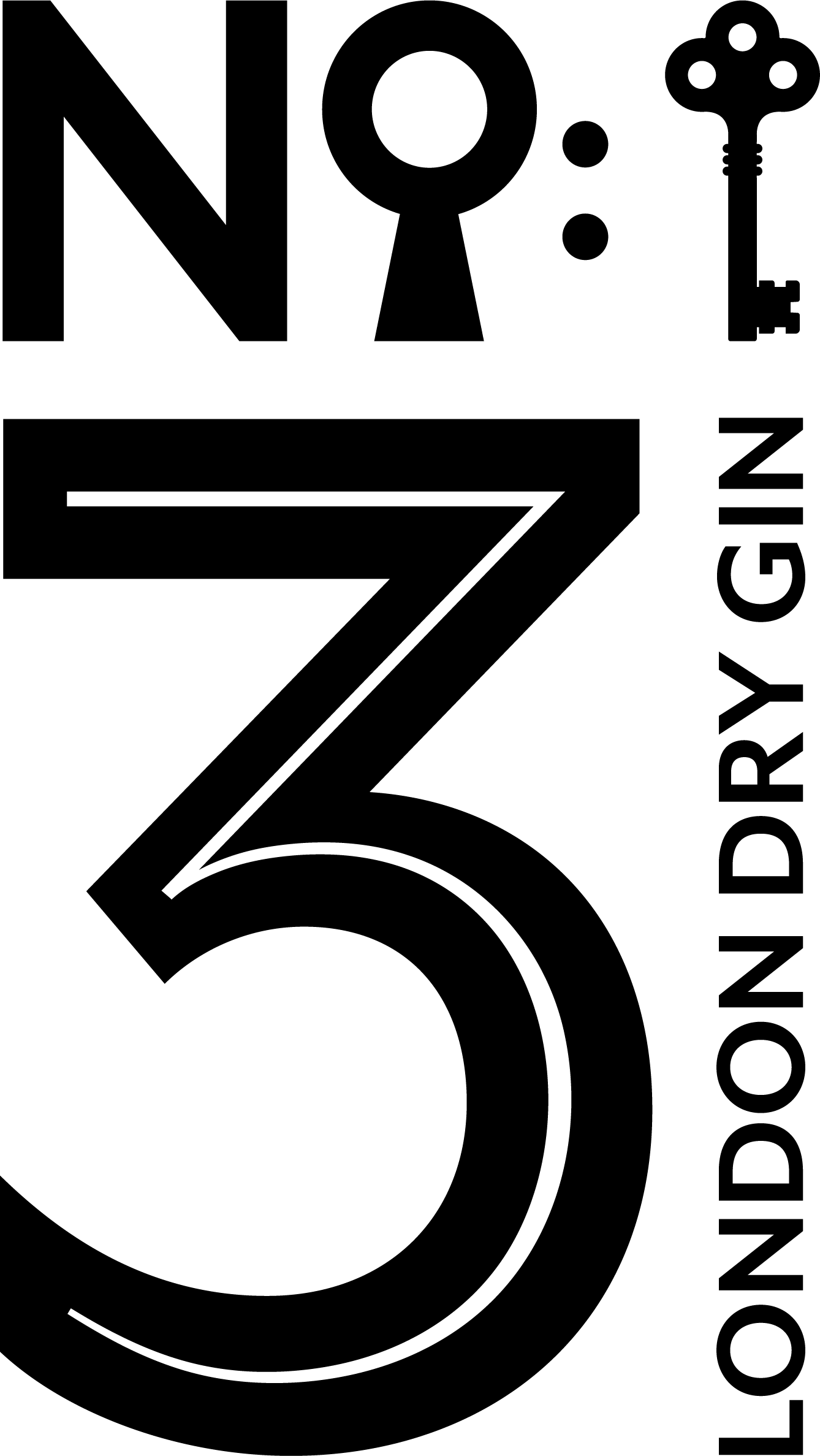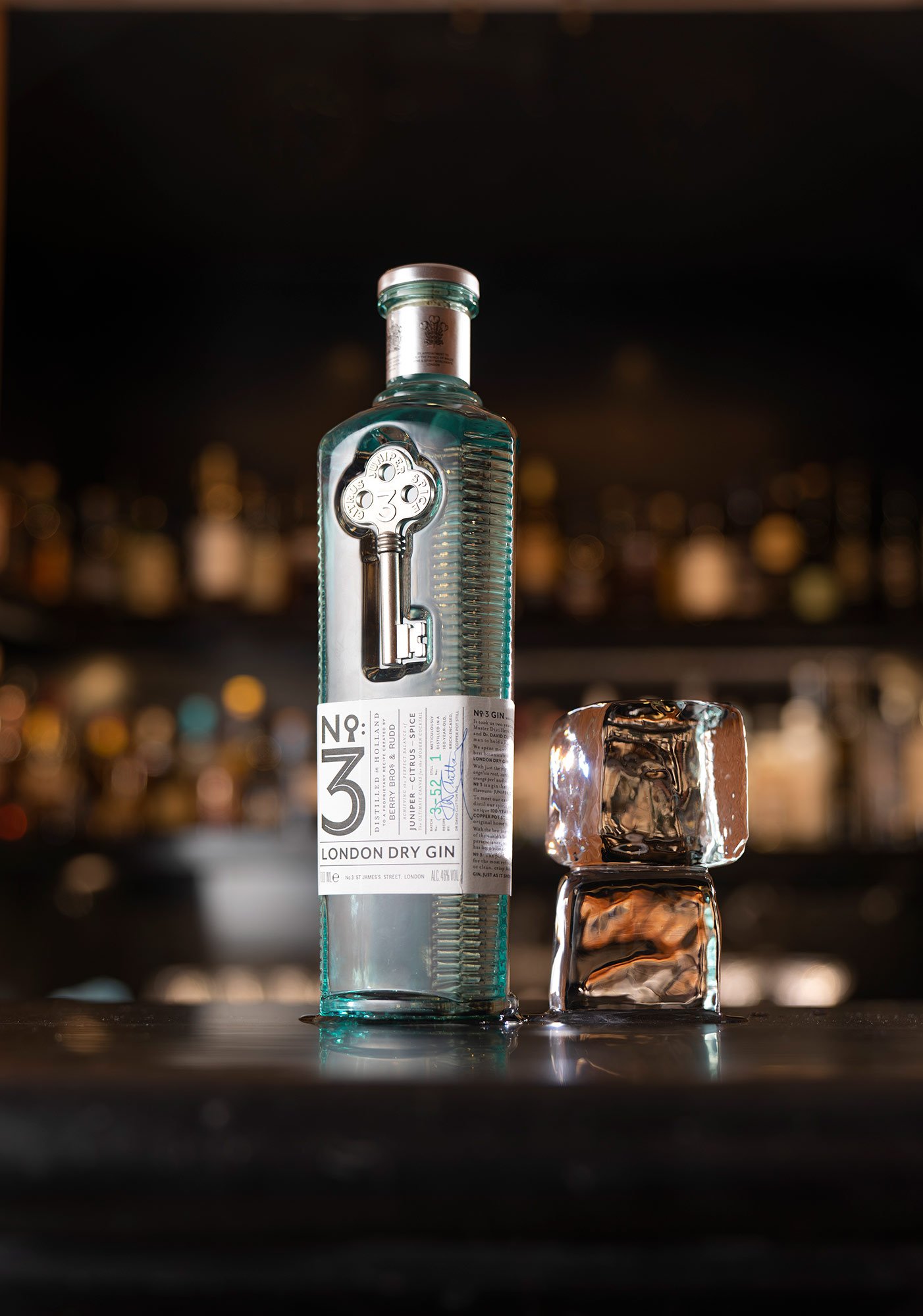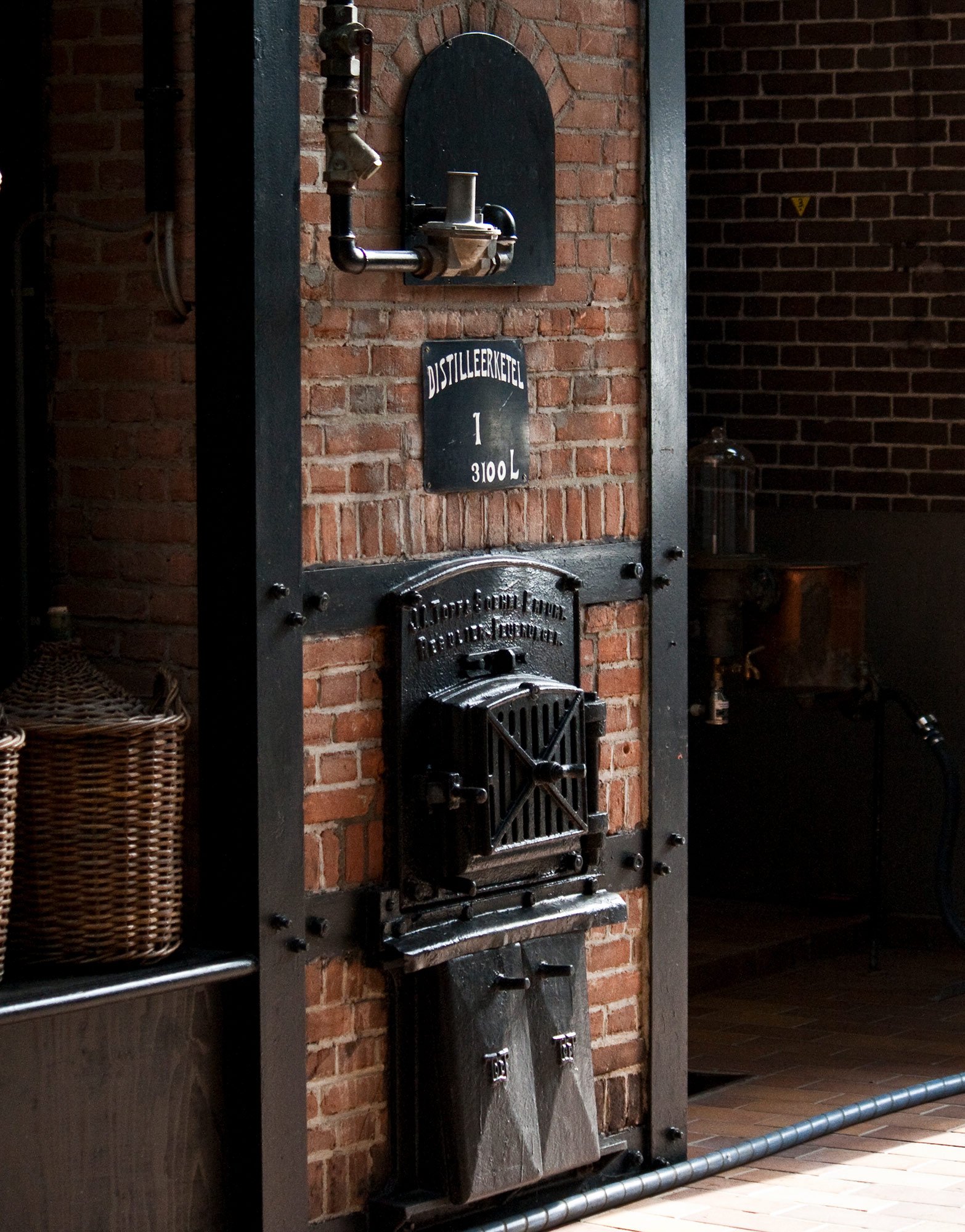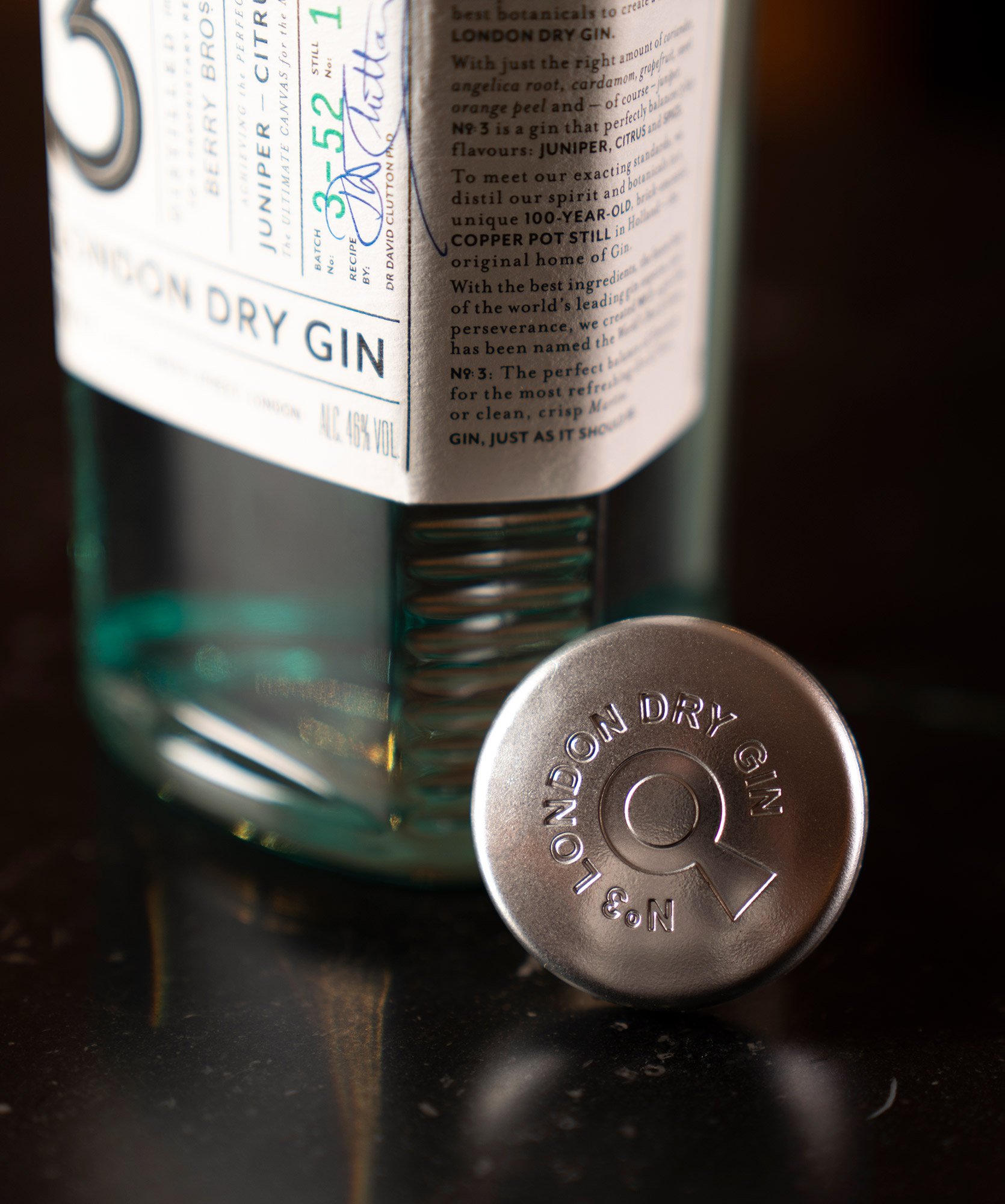The History of Gin
The History of Gin
From recipes that are hundreds or years old to less than legal bathtub brews, the history of gin is long and storied. The first recorded gin recipe (found in Schiedam where No. 3 is now made) dates to 1495, documented in a Dutch cookbook now belonging to the British Library.
The recipe lists a “botanical spirit distilled from wine”, with copious amounts of spices which, at the time, would have arrived in the Netherlands via the Silk Road: nutmeg, cinnamon, cloves and cardamom, amongst many others.
Lists of ingredients have changed throughout the centuries, however the inclusion of one key ingredient is undisputable: juniper. This is the botanical which gives gin its name, shortened from the Dutch jenever, from the Latin juniperus.
In later centuries, the establishment of the East India Trading Company meant that spices from afar became easier to procure. Fast forward to 18th century London, and exotic botanicals were now more widely available. Citrus, not historically available on our shores, became a mainstay in many gin recipes.
As production methods became more sophisticated in the 19th century, a new style evolved, leading to the category of London Dry Gin. Juniper became the leading ingredient, balanced with citrus and root spice. Our No.3 London Dry Gin remains true to this style.
No.3 is created with three flavour profiles: juniper, citrus and spice. It’s about simplicity, balance and quality. Our gin is distilled from Italian juniper berries, Uruguayan grapefruit peel, Spanish orange peel, Guatemalan cardamom, Bulgarian coriander and Polish angelica root.





